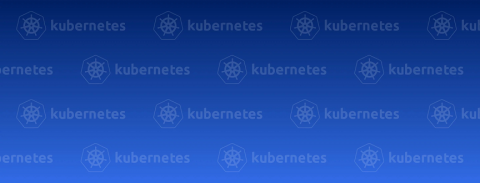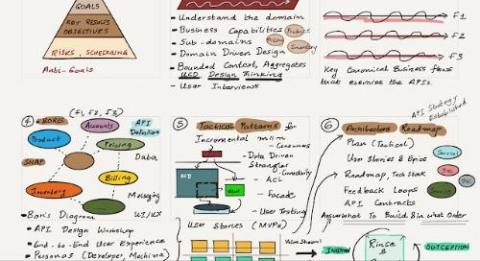Kubernetes as a New Standard for Infrastructure Management
For IT teams inside large organizations used to managing any number of operating environments, Kubernetes is a breath of fresh, standardizing air. Forget its origins, forget any excitement over containers or microservices, and forget the sprawling ecosystem of related projects. What has some folks charged with managing Kubernetes deployments really excited is the prospect of managing all application infrastructure essentially the same way.











